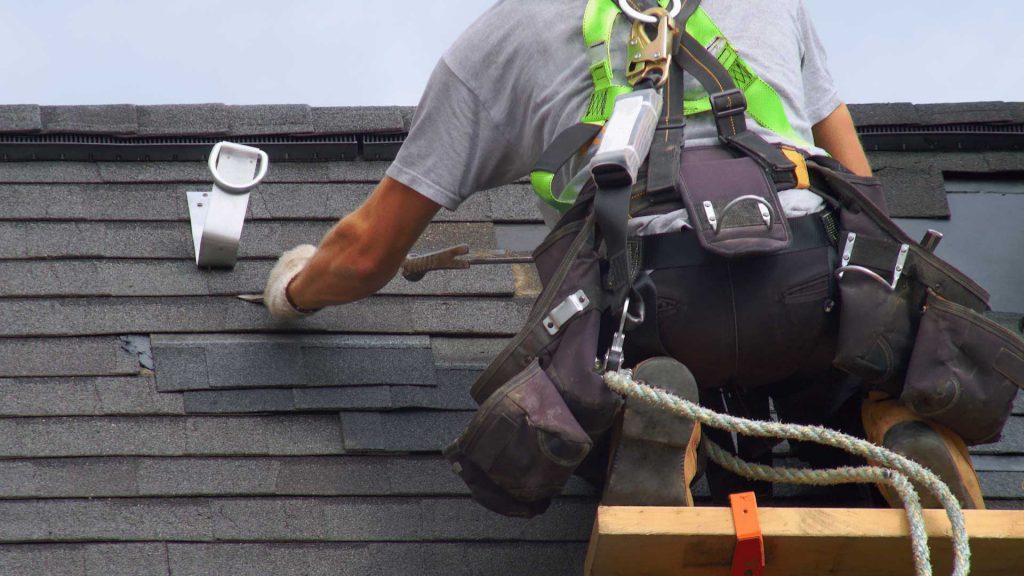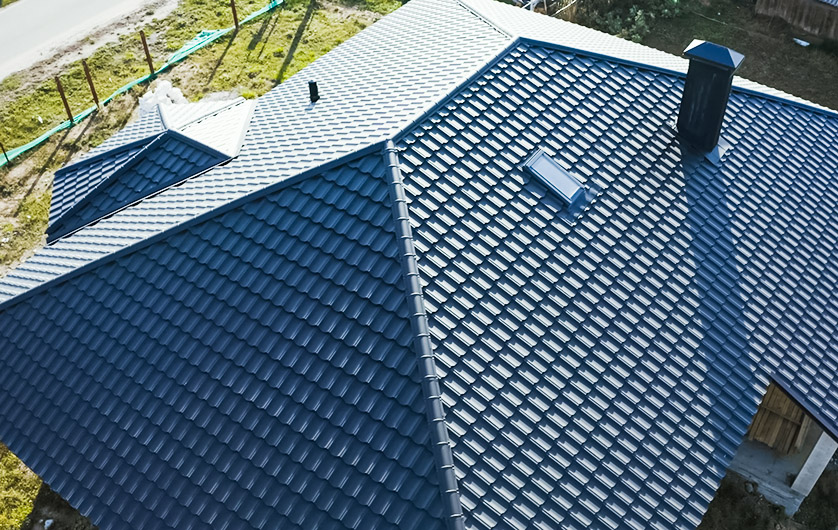Shingle style is an important consideration when constructing a home. With the variety of shingles available, it can be daunting to choose the best type for your own residence.
This article will explore different types of shingles and discuss their advantages and disadvantages in order to help readers make an informed decision about which option would work best for their particular abode.
It will also provide advice on how to get the most out of each type of shingle and ensure that its benefits are maximized. By utilizing this information, homeowners can gain peace-of-mind knowing they have selected high-quality materials to protect their investment from the elements.
Asphalt Shingles
Asphalt shingles are the most popular roofing material among American homeowners due to their affordability, accessibility and wide range of styles. They come in a variety of colors, shapes, sizes and textures that can be used on any home.
Installing asphalt shingles is relatively inexpensive when compared to other materials; they also require minimal maintenance needs over time.
One downside of using asphalt shingles is that they have an expected lifespan of 15-30 years, depending on where you live and what type of climate it has. Additionally, some may find the aesthetic appearance lacking in comparison to other types of roofing materials like slate or metal tiles.
However, if you’re looking for a cost-effective and low-maintenance option then asphalt shingles could be right for your home.

Wood Shingles
Wood shingles are a popular choice amongst homeowners because of their natural beauty and ability to match the aesthetics of any home.
When considering wood shingles, it is important to take into account timber sustainability as well as durability ratings.
The most common types of wood used for residential roofing shingles include cedar, pine, spruce and redwood.
Cedar and redwood offer superior performance in terms of resistance to rot and insect damage whereas pine and spruce are typically more affordable options that can still provide adequate protection from weather elements.
The installation process for wood shingles requires precise measurements and sealing techniques that should be done by an experienced contractor or professional installer due to potential fire hazards associated with improper installation.
Wood shingle roofs need regular maintenance such as periodic inspections for signs of water infiltration or wear & tear along with routine cleaning to ensure quality performance over time.
With proper care and maintenance, wooden shingled roofs can last upwards of 30 years or more depending on the type chosen.
Metal Shingles
The beauty of metal shingles has long been heralded as a way to transform the look of any home. With an array of colors and styles available, they are perfect for enhancing both traditional and modern homes alike.
However, their aesthetic qualities should not be considered in isolation; metal shingles offer numerous practical benefits too. Metal shingles can provide eco friendly solutions, with many made from recycled content or synthetic materials that reduce waste. They also often require less maintenance than other types of roofing, due to their superior durability and weather resistance – meaning homeowners don’t have to worry about replacing them regularly.
Cedar Shingles
Metal shingles are a popular choice when it comes to roofing, but cedar shingles are also an excellent option. Cedar is known for its eco friendly properties and long lasting durability, making it the perfect material for your roof.
Its natural beauty provides a unique look that can boost the aesthetic of any property while protecting against weather elements like rain and snow. The tight grain pattern found in cedar makes it resistant to cracking, warping, and splitting which further enhances its longevity over time.
Cedar shingles come in various sizes and thicknesses depending on what type of protection you need from the elements. They’re easy to install as well since they can be nailed directly onto the roof without needing extra support or additional materials.
Concrete Shingles
Concrete shingles provide homeowners with an eco-friendly and durable roofing option.
Not only does the material offer a variety of design elements, but it is also well suited for many climates due to its ability to withstand high winds and other severe weather conditions.
Moreover, concrete shingles can be installed on low-sloped roofs since they are more resistant to rain penetration than traditional asphalt shingles.
Additionally, concrete offers impressive thermal protection benefits which help reduce energy costs in colder months by keeping heated air inside while repelling cold air from outside.
This makes them ideal for homes located in areas that experience temperatures ranging from extreme hot to extreme cold.

Clay Shingles
Concrete shingles have been widely used for roofing in the past, due to their durability and low maintenance. However, clay shingles offer a unique option that can provide an attractive look with minimal upkeep.
Clay tile installation is generally easier than concrete installations because it does not require nails or staples for installation; instead, special adhesives are available which allow the tiles to be placed without any metal fasteners.
In addition, clay roofs typically last up to double the lifespan of conventional asphalt roofs while requiring much less maintenance over time. The color of clay roof tiles also tends to stay consistent throughout its lifetime since they do not suffer from fading as quickly as other materials may; this means that there’s no need for frequent re-painting or changing out faded shingles like you might encounter with other products.
Finally, clay roof maintenance is relatively easy: simply remove fallen leaves and debris on a regular basis and check periodically for signs of weakness or damage.
Slate Shingles
Slate shingles offer a unique look to any home, thanks to its natural beauty and robustness.
The installation cost for slate shingles is significantly higher than many other options available on the market today, but the durability of this material makes it worth considering.
Slate can last up to 100 years or more in some cases – far longer than asphalt, wood shake or metal roofing systems which typically have an estimated lifespan of only 25-30 years.
When compared directly against other materials that offer similar visual appeal such as cedar shakes, slate has been found to be much more resistant to wind damage, decay, and even fire due to its weight and thickness.
